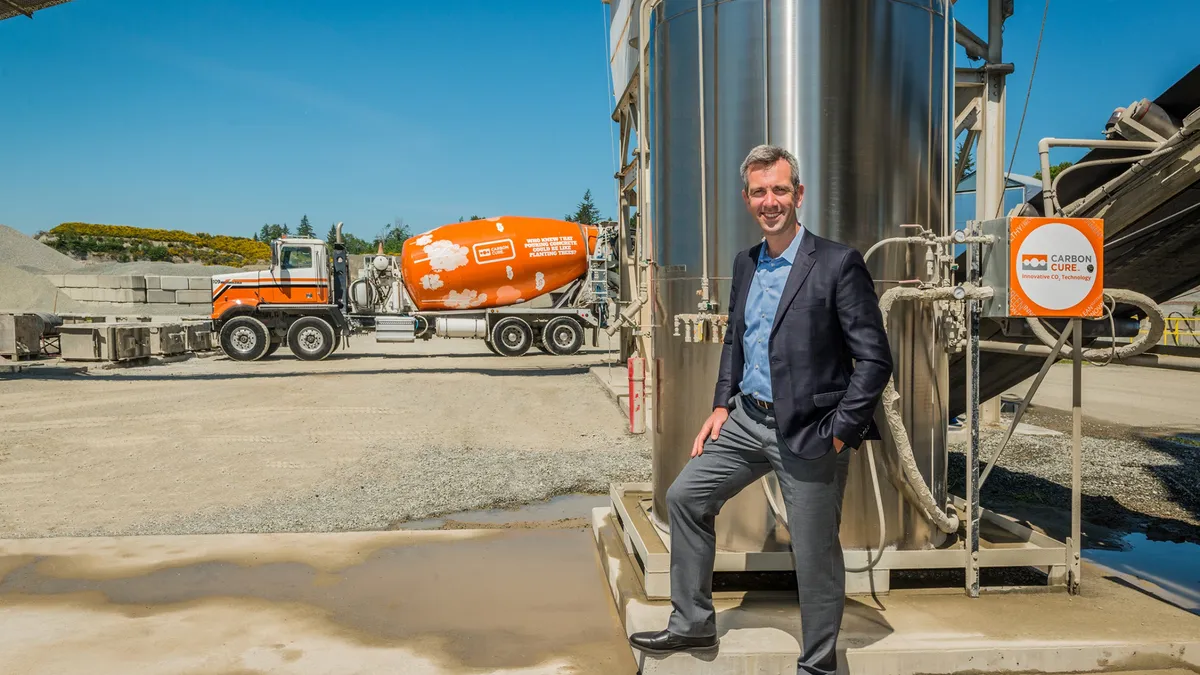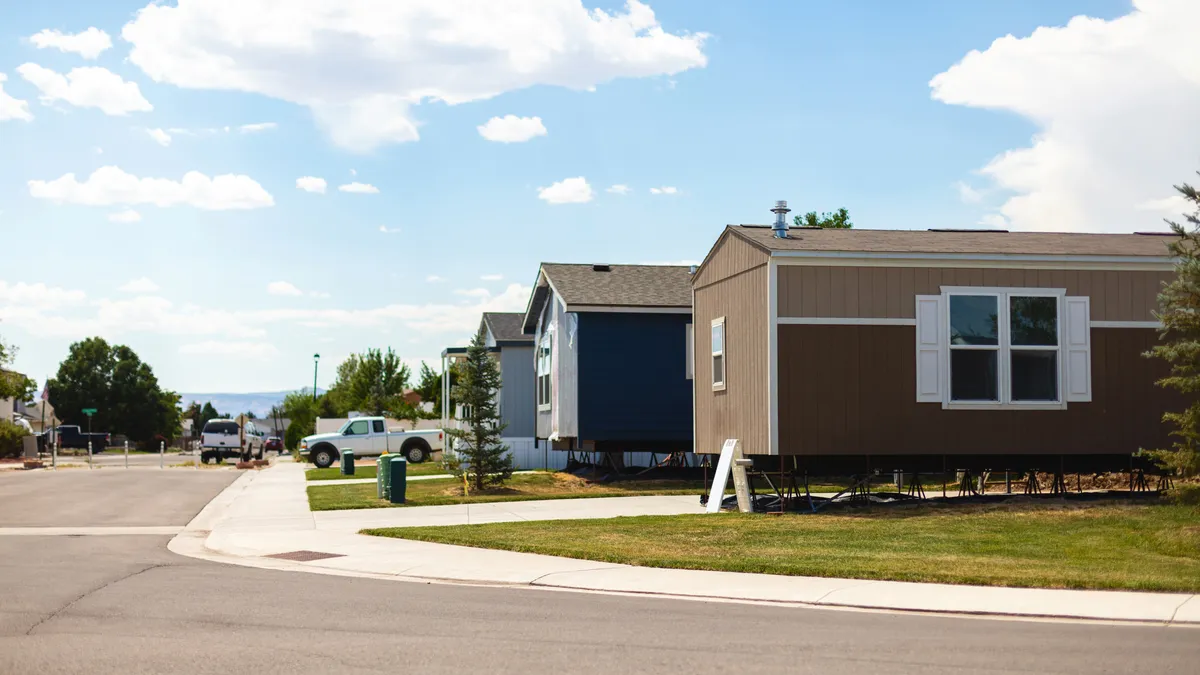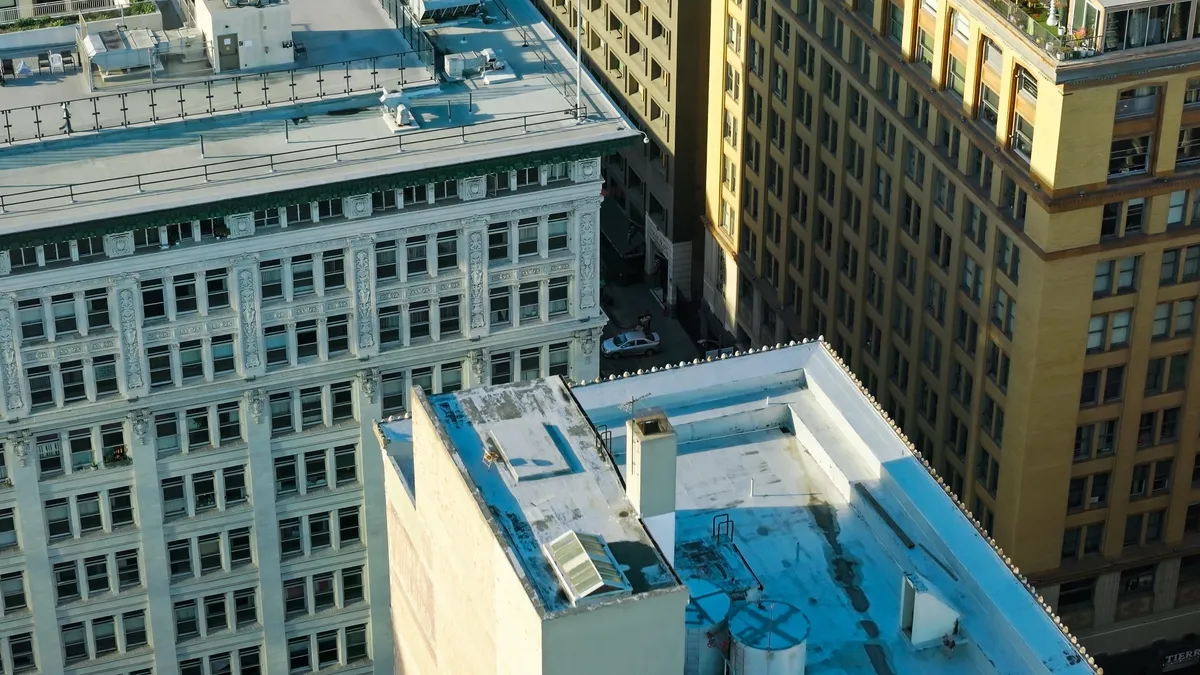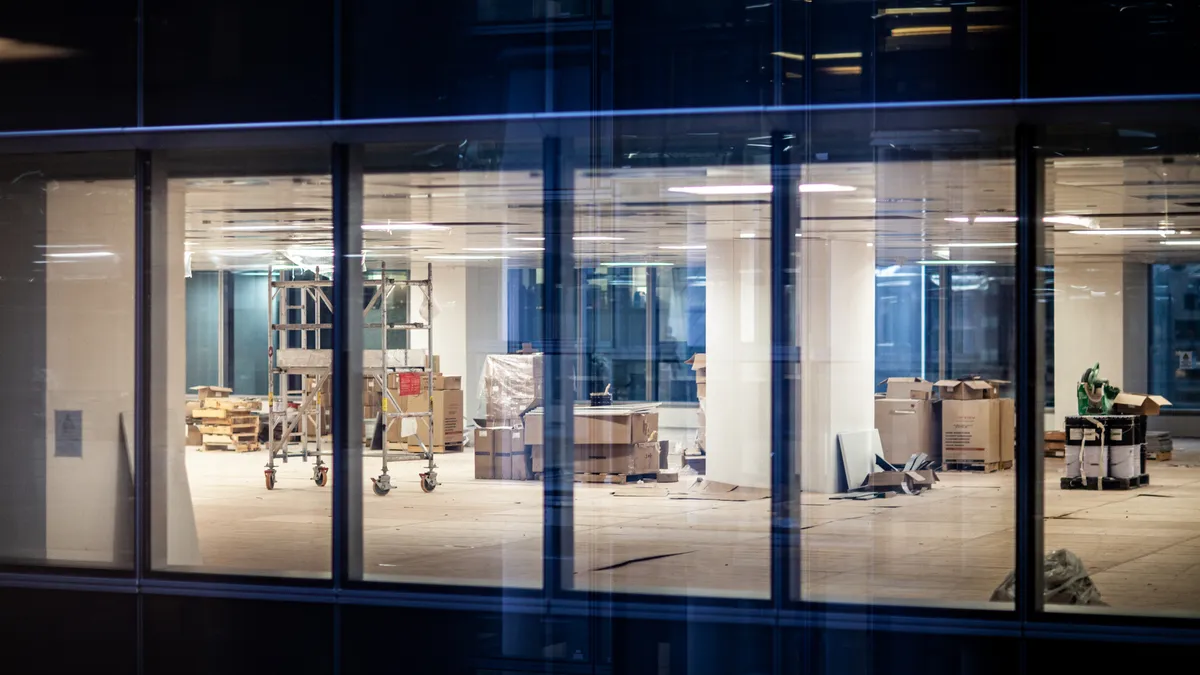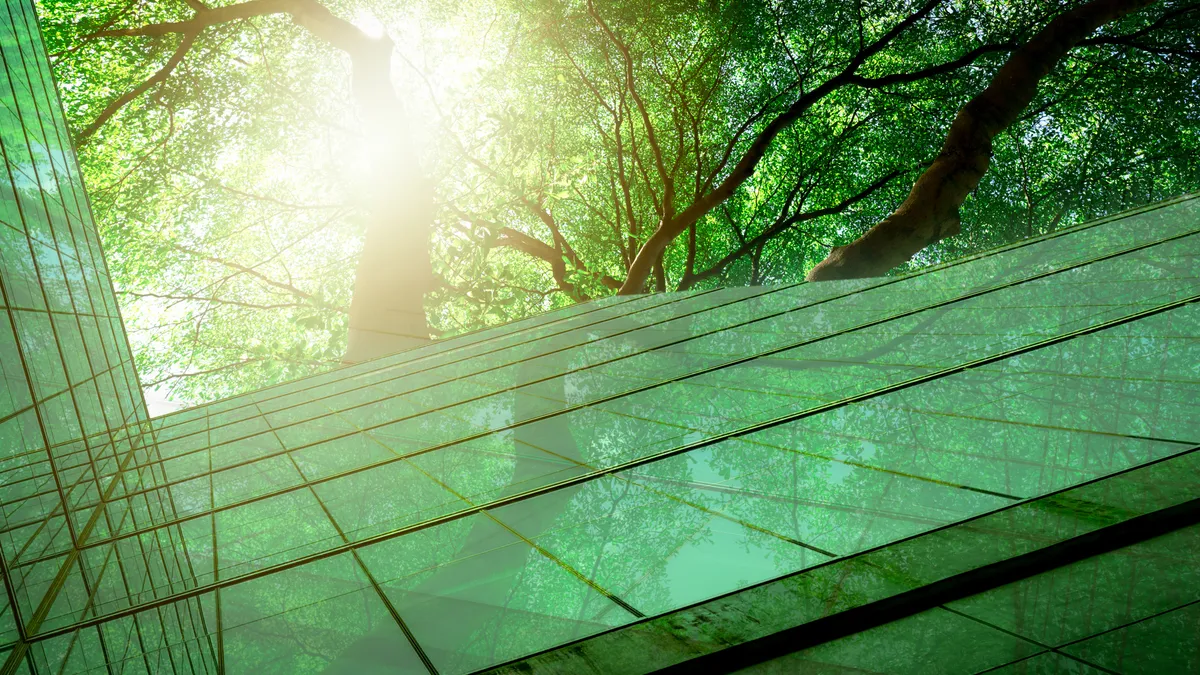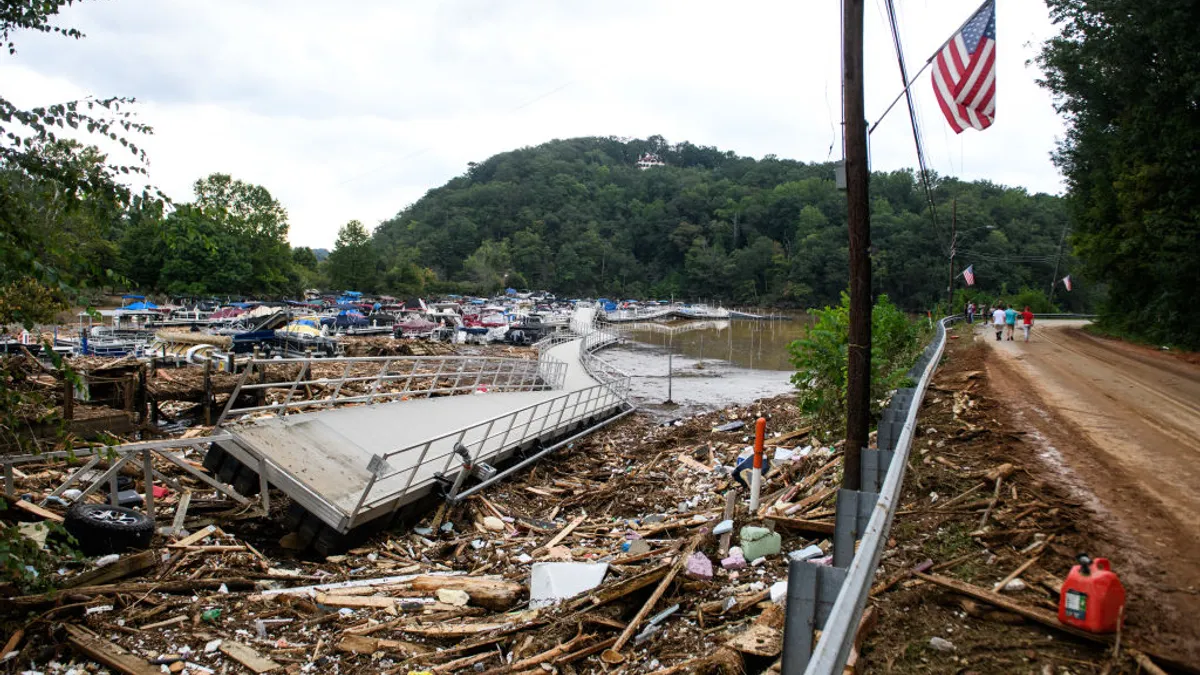As cities look to cut carbon emissions in their construction sector, the use of low-carbon concrete over other alternatives could help them do just that.
"Green" or carbon dioxide (CO2) mineralized concrete has received support from the U.S. Conference of Mayors (USCM) and private companies for its use in public projects as part of the national response to climate change. A resolution passed at this year's USCM annual meeting in Honolulu urged its members to use the concrete over less environmentally-friendly alternatives.
Low-carbon concrete involves injecting recycled CO2 from industrial emitters like fertilizer and power plants into concrete. The CO2 then chemically converts into a mineral and gets embedded in the concrete, making it stronger and helping concrete producers use less cement for roads and buildings.
The built environment is responsible for over 40% of the world's CO2 emissions and global building stock is expected to double by 2060. Concrete is the most widely used construction material in the world due to its affordable and durable nature. And its key ingredient, cement, contributes to up to 7% of the world's CO2 emissions. Companies like CarbonCure are helping lead that charge with CO2 mineralized concrete.
"The cliche really stands that cities are the laboratory of innovation," CarbonCure CEO Robert Niven told Smart Cities Dive. "And cities are really committed to taking a leap on solving this climate change issue."
The resolution was modeled after an initial resolution implemented by the Honolulu City Council. Honolulu has taken the lead to help the city, county and state achieve its goal to be carbon neutral by 2045.
About 1 million cubic yards of concrete were made in Hawaii last year, representing 756 million pounds of CO2 emitted from the concrete's life cycle, Honolulu Mayor Kirk Caldwell told Smart Cities Dive in an email.
CarbonCure on average reduces about 25 pounds of CO2 per cubic yard of concrete, representing the potential to save about 27 million pounds of embodied carbon from the concrete produced in Hawaii.
"Concrete made from recycled CO2 is a win-win from a mitigation and adaptation standpoint: it embodies carbon thereby keeping it out of [the] atmosphere so it can't contribute to further global heating, and it strengthens our roads and infrastructure against accelerating impacts," Caldwell said.
"In addition, this material needs less energy and materials to make, so it has the potential to further support the sustainability and resilience of our city budgets."
CarbonCure fits into existing production and supply chain processes, according to Niven, and provides concrete producers with the technology to consume carbon dioxide in the production of concrete, reducing costs and carbon footprint.
The carbon-injected concrete can also provide concrete companies with a competitive advantage as cities prioritize reducing their carbon footprint, Dawn Lippert, the CEO of nonprofit tech accelerator Elemental Excelerator, told Smart Cities Dive in an email.
"Switching to carbon-injected concrete — in every new street and sidewalk and building and parking lot — is one of the most immediate ways a city can slash emissions. Because not only are you using less CO2-emitting cement, you're doing so by putting CO2 captured from other industrial process to productive use," she said.
Niven said he expects to see CO2 mineralized concrete used as a best practice in the near future. "Our overall goal is to reduce over 500 million tons of CO2 emissions a year and that's going to require very broad adoption of CarbonCure globally," he said.
In order to scale the technology at the pace required to get ahead of climate change, the right policy environment needs to be in place, Niven said. He expects the U.S. mayors' statement will establish a policy shift in the U.S. and internationally.



